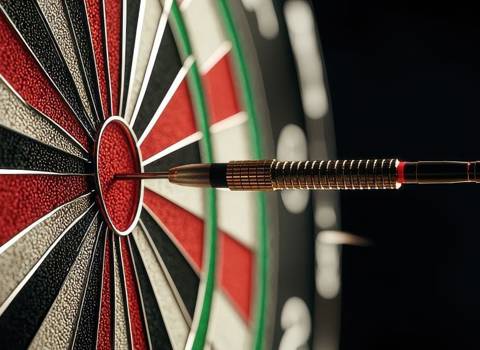Five key risks for unincorporated sports clubs
Sport England has recently reaffirmed the common principles shared by organisations that demonstrate good governance. These common principles are structure, people, communication, standards & conduct, and policies & processes. In this article we focus on the first, and arguably the most important, of these common principles, namely structure.
Having the right structure for a sport club provides a solid foundation for development, growth and sustainability. It ensures a club can make decisions in the best interest of the club and its members, provides confidence to external stakeholders, and ultimately can limit risk in an increasingly litigious world.
Historically, many sport clubs are structured as unincorporated associations. In essence, this is a contract between the individual members of a club. The club is governed by a set of rules created by the member. What this means is the club is not a separate legal personality from its members, which has implications not just for the club but also, importantly, for the personal liabilities of its members.
What then are the FIVE KEY RISKS for the club and its members in running a club as an unincorporated association?
Risk 1 - Entering into contracts
As a club structured as an unincorporated association has no separate legal personality, it cannot itself enter into contracts with third parties. This means that the members of such a club are likely to be the ones liable to perform a contract purported to be entered into by the club. This presents a significant personal risk.
In practice, many clubs form management committees who assume responsibility for the debts and liabilities of the club, but the effectiveness of this delegation will depend entirely on the club rules created by the members.
Risk 2 - Raising funding
Without an express power in the club rules allowing an unincorporated association to borrow money, it cannot take out a mortgage, bank loan or other type of loan from a third party. Even if such express powers exist, lenders tend to be reluctant to lend to unincorporated associations because of their lack of separate legal personality and the difficulties of securing charges over a club’s property.
This often means that individual members are required to sign the acknowledgment of indebtedness for a debenture, meaning they will be personally liable for the debt unless the acknowledgment contains a restriction on the right of repayment. So, it is essential that any funding documents are carefully drafted to limit the personal liability of members. For example, the documents could attempt to limit the personal liability of members to the extent of the members subscription fee. As you can imagine, this is likely to prove insufficient for most lenders, making it difficult to raise funding.
Risk 3 - Claims against the club
Clubs can sometimes face claims from third parties arising from negligent acts or breaches of contract. These claims can arise from something that happens on the club’s premises or the behaviour of members or simply the failure to meet a contractual payment. Such claims can result in members becoming personally liable, for example, if the members have assumed legal responsibility for the upkeep and safety of the club’s premises and have failed to do so.
In terms of contracts, a club run as an unincorporated association should make sure that contacts entered into by the club accurately reflect the liabilities being assumed by those acting on behalf of the club.
Having adequate insurance to cover potential claims against the club and its members is an extremely important aspect of risk management for any club, as is taking advice from a specialist insurance broker that understands the market.
Risk 4 - Holding the club’s property assets
As an unincorporated association has no separate legal personality, club premises are usually held by individuals on behalf of the club. So, for example, a clubhouse and grounds may be held:
- By all the members as joint tenants or as tenants in common.
- By some of the members as trustees on trust for all members.
- By some of the members as trustees on trust for the purposes of the association.
- By all the members subject to their contractual rights and liabilities to each other as set out in the club’s rules.
The method of ownership needs to be thought through carefully to ensure it properly meets the requirements of the club, its members and their appetite for risk. In the absence of any express provisions in the club rules, the members remain liable for arranging such insurance and paying the premiums.
Risk 5 - Complying with the law and regulations
Again, in the absence of any express provisions in the club rules, the members of an unincorporated sports club remain responsible for the club’s compliance with all appropriate law and regulations - for example, health and safety, occupier’s liability, liquor licencing, data protection and safeguarding.
How can these risks be better managed?
Due to the risks highlighted above, many unincorporated sports clubs choose to incorporate, to enable the club itself to enter contracts and to provide protection for the club’s members.
Common incorporated structures include companies limited by guarantee, companies limited by shares, community interest companies (CIC’s), cooperative and community benefit societies or charitable incorporated organisations (CIO’s), the choice of structure being determined by the particular features of each sports club and the needs of its members.
The incorporation process itself can sometimes be a little fiddly and time-consuming but the benefits can be great. Having a specialist adviser alongside you will ensure that nothing is missed and the benefits you seek are achieved.
For further information, please contact Philip Bowers or call 0151 906 1000.





